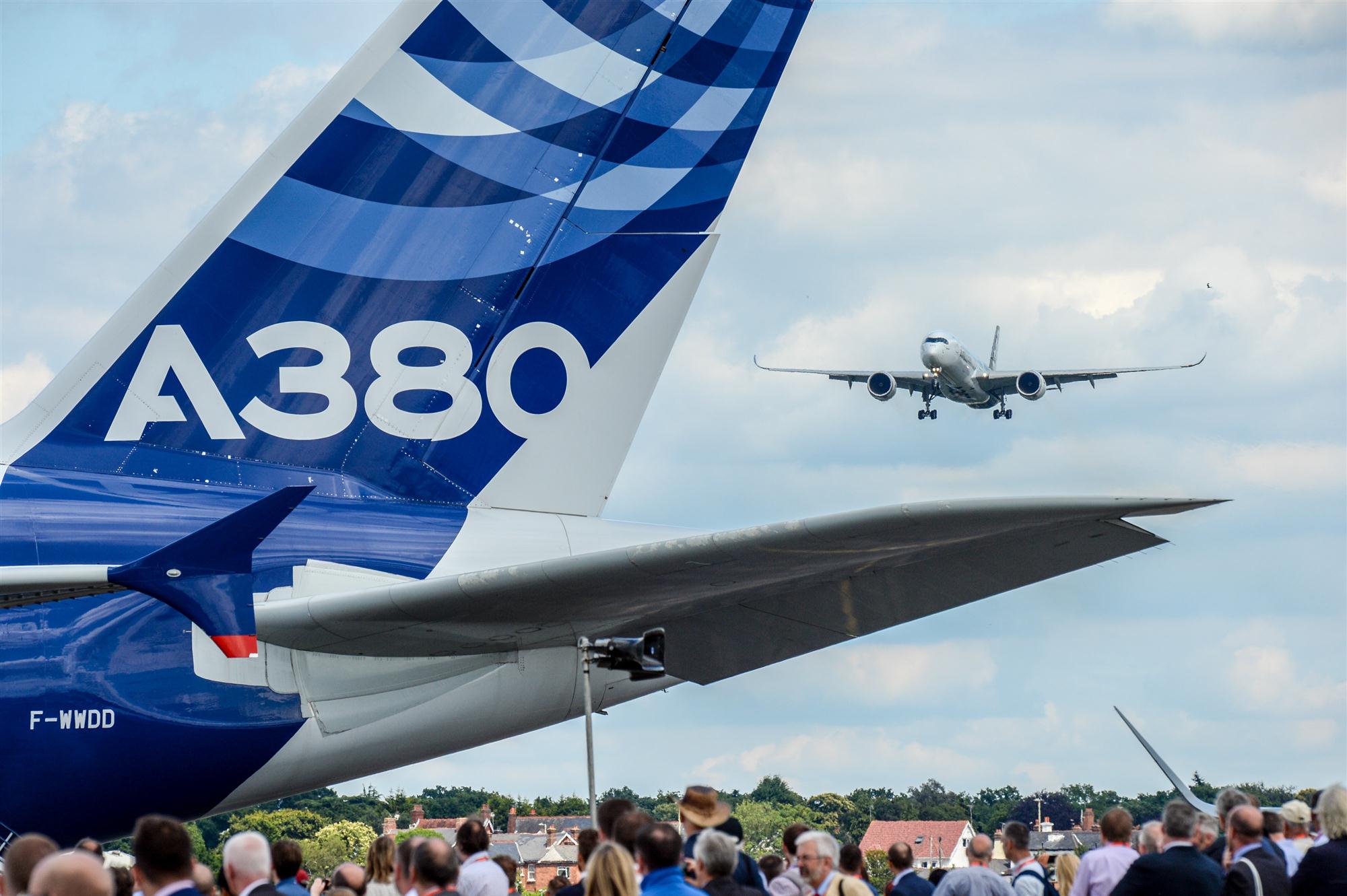The Farnborough Air Show is usually associated with displays of military aircraft technology, bold new concepts, predictions of huge demand for commercial aircraft over the next two decades and the spectacle of Boeing and Airbus trying to outdo each other in garnering new plane orders. This year’s event followed the basic script, but it ushered in one or two unusual notes of relevance to the air cargo sector.
DHL used the event to mark the official start of the conversion programme for Airbus A330-300 freighters. The integrator signed a firm order with EFW, the freighter conversion arm of the plane manufacturer, for four A330-300s to be turned into all-cargo configuration. This made DHL the launch customer for the -300 conversion, two years after the A330-200 conversion programme kicked in with an order from Egyptair.
In one notable departure from the Farnborough script, Boeing and Airbus walked away from the event with rather slim order books. Their combined tally of 461 orders was down 39% from their haul in Paris a year ago, and 34% lower than at Farnborough in 2014.

Airlines are feeling headwinds. According to IATA, growth in passenger demand slowed in May due to economic uncertainty and terrorist attacks. The load factor dropped 0.3 percentage points to 80.7%. After reporting a 32% drop in profit, United Airlines announced that it had scaled back growth plans by half a percentage point to 1.5%, as capacity expansion in the market exceeds demand increase.
For cargo carriers, a slowdown in the seemingly relentless rise in passenger traffic would look rather attractive. The boom has fuelled the proliferation of widebody passenger aircraft with huge bellyhold capacity, which has ensured that airfreight yields have been pushed down by overcapacity. Individual airlines’ efforts to curtail lift by sidelining freighters have been rendered futile by the rise in belly lift in many markets.
However, seasoned air cargo executives hold no hope for a relief for air freight yields.
“This won’t affect anything until the end of the decade,” said Stan Wraight, senior executive director of Strategic Aviation Solutions International, pointing to the lead times in aircraft orders.
The low price of oil compounds the downward pressure on yield, he added. While widebody aircraft keep rolling off the production lines, older aircraft have gained a new lease of life by the lower operating costs resulting from low kerosene prices.
“You could see some earlier retirements – that’s the only scenario,” he added.
Ram Menen, the former head of cargo of Emirates, reckons that the softening passenger demand is a temporary phenomenon. Some of the recent softness is due to worries about terrorist attacks, but such concerns tend to recede from people’s radar over time, as the 9/11 experience shows, he argued.
“This blip is not really going to slow down new airplane acquisition. In fact, if Airbus stops the A380 line, you will see a larger requirement for standard widebody planes to compensate,” he said.
Moreover, demand for ‘traditional’ air cargo will likely grow in single digits, which makes a reversal of the yield trend unlikely. On the other hand, the downward pressure on yields for integrators should push a growing amount of e-commerce traffic over to the combination carriers, especially as international e-commerce flows are set to grow over the longer term, Menen said.
When they tabled their 20-year forecasts, Boeing and Airbus were dismissive of near-term concerns about the global economy. The latter pointed to the growing importance of private consumption as a significant economic variable on some key trade lanes and to forecasts that middle classes in emerging markets will double to 3.5 billion people by 2035.
“In 20 years, the number of daily, long-haul passengers traveling to, from or via aviation megacities will more than double to 2.5 million,” Airbus predicted.
The European aircraft manufacturer projects that the world’s commercial jet fleet will double from 19,500 today to 40,000 units, while Boeing predicts that the world’s commercial jet fleet (including regional jets) will grow from 22,510 today to 45,240 by 2035.
Meanwhile, large combination carriers – including Lufthansa, Air France-KLM, Cathay Pacific and Singapore Airlines – keep reducing their freighter fleets in an effort to stem the pressure on yields. Their ordeal looks set to continue.
By Ian Putzger
Air Freight Correspondent | Toronto



